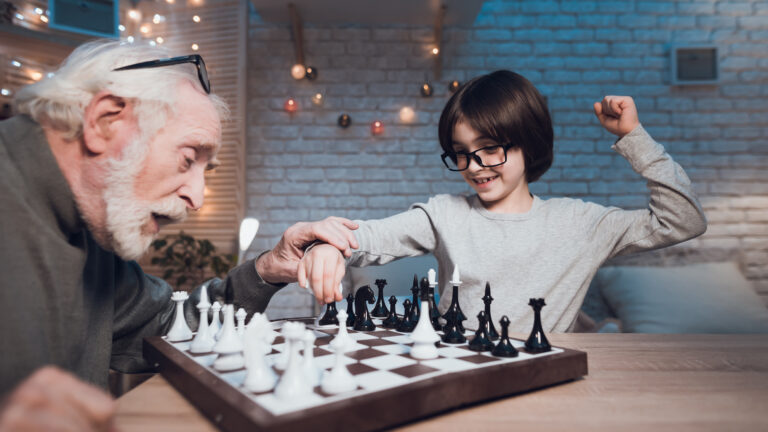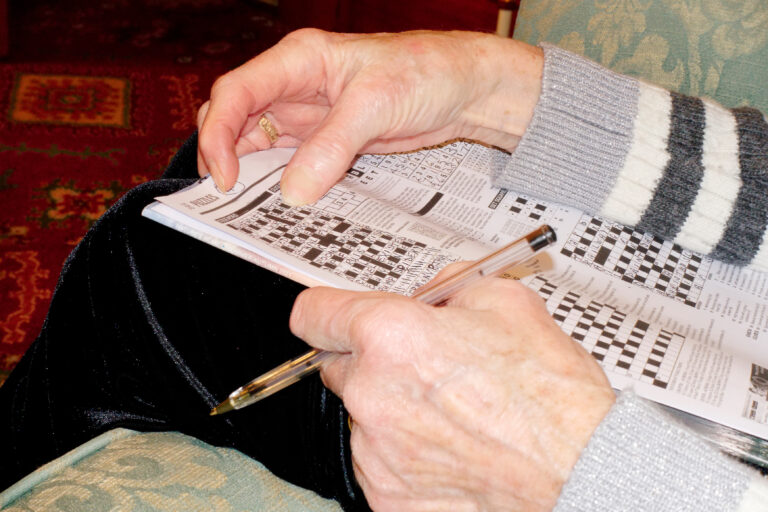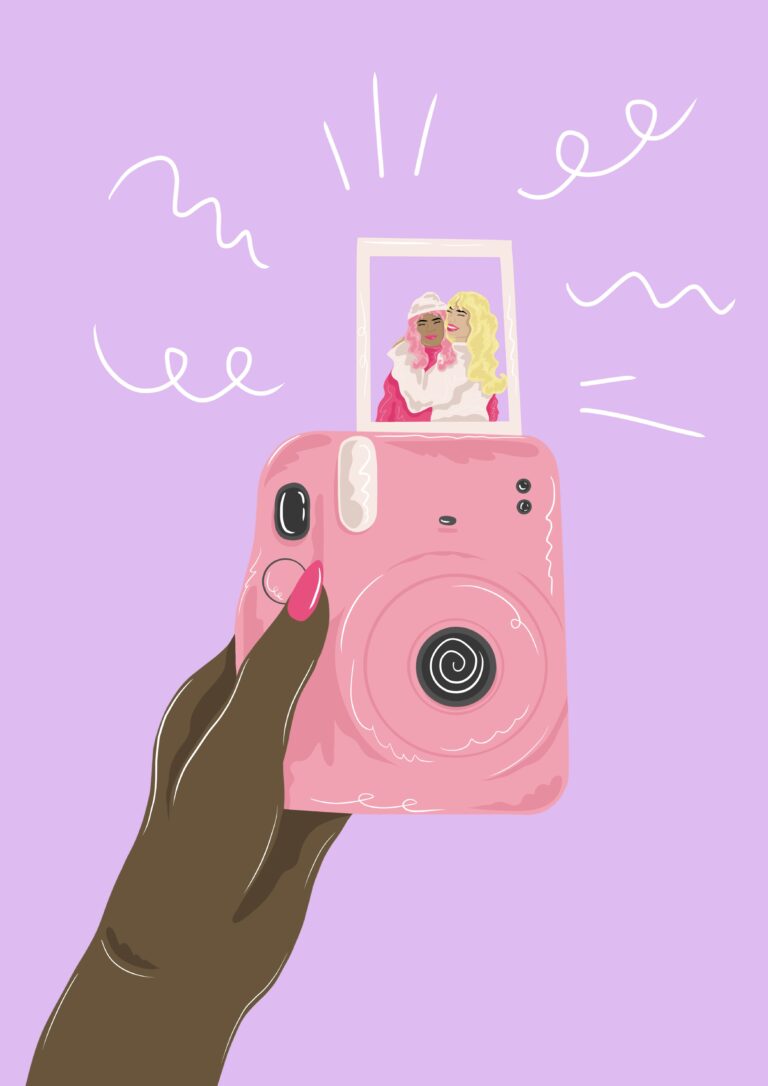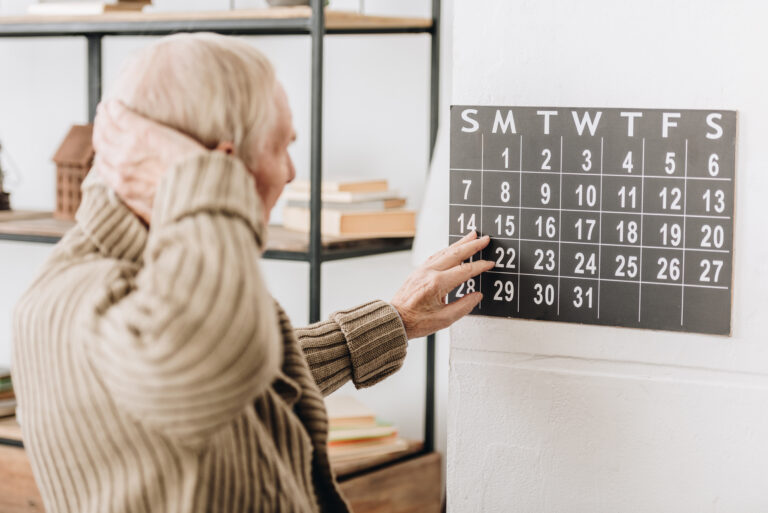Creating safe and engaging scavenger hunts using shapes for Alzheimer’s patients can be a wonderful way to stimulate their minds and encourage interaction with their environment. These activities are designed to be simple, enjoyable, and tailored to the needs of individuals with Alzheimer’s, ensuring they remain engaged without feeling overwhelmed.
### Understanding Alzheimer’s and Scavenger Hunts
Alzheimer’s disease affects memory, thinking, and behavior, making everyday activities challenging. However, engaging in activities that are both fun and mentally stimulating can help improve mood and cognitive function. Scavenger hunts, particularly those focused on shapes, offer a unique opportunity for Alzheimer’s patients to explore their surroundings, recognize familiar objects, and exercise their brains in a non-threatening way.
### Benefits of Shape-Based Scavenger Hunts
1. **Cognitive Stimulation**: Recognizing shapes helps stimulate cognitive functions such as memory and visual perception. This can be particularly beneficial for Alzheimer’s patients, as it encourages them to engage with their environment in a meaningful way.
2. **Emotional Well-being**: Engaging in enjoyable activities like scavenger hunts can boost mood and reduce stress. The sense of accomplishment from finding shapes can enhance self-esteem and confidence.
3. **Social Interaction**: Scavenger hunts can be done in groups, promoting social interaction and a sense of community among participants. This social aspect is crucial for emotional well-being and can help combat feelings of isolation.
### Planning a Shape-Based Scavenger Hunt
#### **Step 1: Choose the Environment**
Select a familiar and comfortable environment for the scavenger hunt. This could be a garden, a living room, or even a local park. Ensure the area is safe and free from obstacles that might cause confusion or accidents.
#### **Step 2: Identify Shapes**
Decide on the shapes you want to include in the hunt. Common shapes like circles, squares, triangles, and stars are easy to recognize and can be found in various objects. For example, a circle might be a ball, a coin, or a frisbee, while a square could be a book or a picture frame.
#### **Step 3: Create a List or Visual Guide**
Prepare a list or visual guide of the shapes to be found. Use pictures or simple drawings to help participants understand what they are looking for. This visual aid can be especially helpful for those who may struggle with reading or understanding written instructions.
#### **Step 4: Encourage Participation**
Encourage participants to work together or individually, depending on their preferences. Provide support and guidance as needed, but also allow them to take the lead and make discoveries on their own.
#### **Step 5: Celebrate Successes**
Celebrate each success, no matter how small. Acknowledge and praise participants for their efforts and accomplishments. This positive reinforcement can help build confidence and make the experience more enjoyable.
### Tips for Conducting the Hunt
– **Keep it Simple**: Ensure the hunt is not too complex or overwhelming. Start with a few shapes and gradually add more as participants become more confident.
– **Use Visual Cues**: Use visual cues like pictures or objects to remind participants of the shapes they are looking for.
– **Make it Interactive**: Encourage participants to touch or handle objects as they find them. This tactile experience can enhance engagement and memory.
– **Be Patient**: Be patient and supportive throughout the activity. Allow participants to work at their own pace and offer assistance when needed.
### Adapting to Different Stages of Alzheimer’s
Alzheimer’s disease progresses through different stages, each with unique challenges and needs. Here’s how to adapt the scavenger hunt to different stages:
– **Early Stage**: For those in the early stages, more complex shapes or objects can be included. The hunt can be slightly longer and more challenging.
– **Middle Stage**: At this stage, it’s important to keep the hunt simple and focused on easily recognizable shapes. Visual aids and support are crucial.
– **Late Stage**:





